If you have read that photography is light, composition and technique, you have read correctly, it is totally true. If you master all the above parameters, you will take correct photos, just like someone who follows a recipe perfectly gets a correct dish. Now, what differentiates a good cook from someone capable of making you dream of his dishes? What difference is a good photographer from one capable of stirring your guts, making you sigh, making you exclaim or fill your eyes with tears? Well, of course, the emotion, the passion that he transmits in the images, his ability to capture moments capable of taking our breath away. That is, without a doubt, the most difficult and most important ingredient in any recipe. For this reason, photography must, first of all, be enjoyed, lived and felt. Technique is only the way to help us materialize that emotion. In itself it is worth nothing. But as always, there are tricks that can help us convey emotion or at least enhance it. In this case we will talk about one of the most pleasant emotions there is. Joy. Do we see some tips to help us pass it on?
1. THE LIGHT
I don't know if you had considered the ability of light to transmit emotion, but it is probably your most important ally. How do you imagine a joyful scene? Dark and gloomy? Or rather clear and full of light? Surely the second option will convince you a little more than the first, right? ? Well, you're on the right track. The clear, fresh, luminous scenes, with white backgrounds , in high key , inspire us joy, kindness, happiness, positivism, etc.
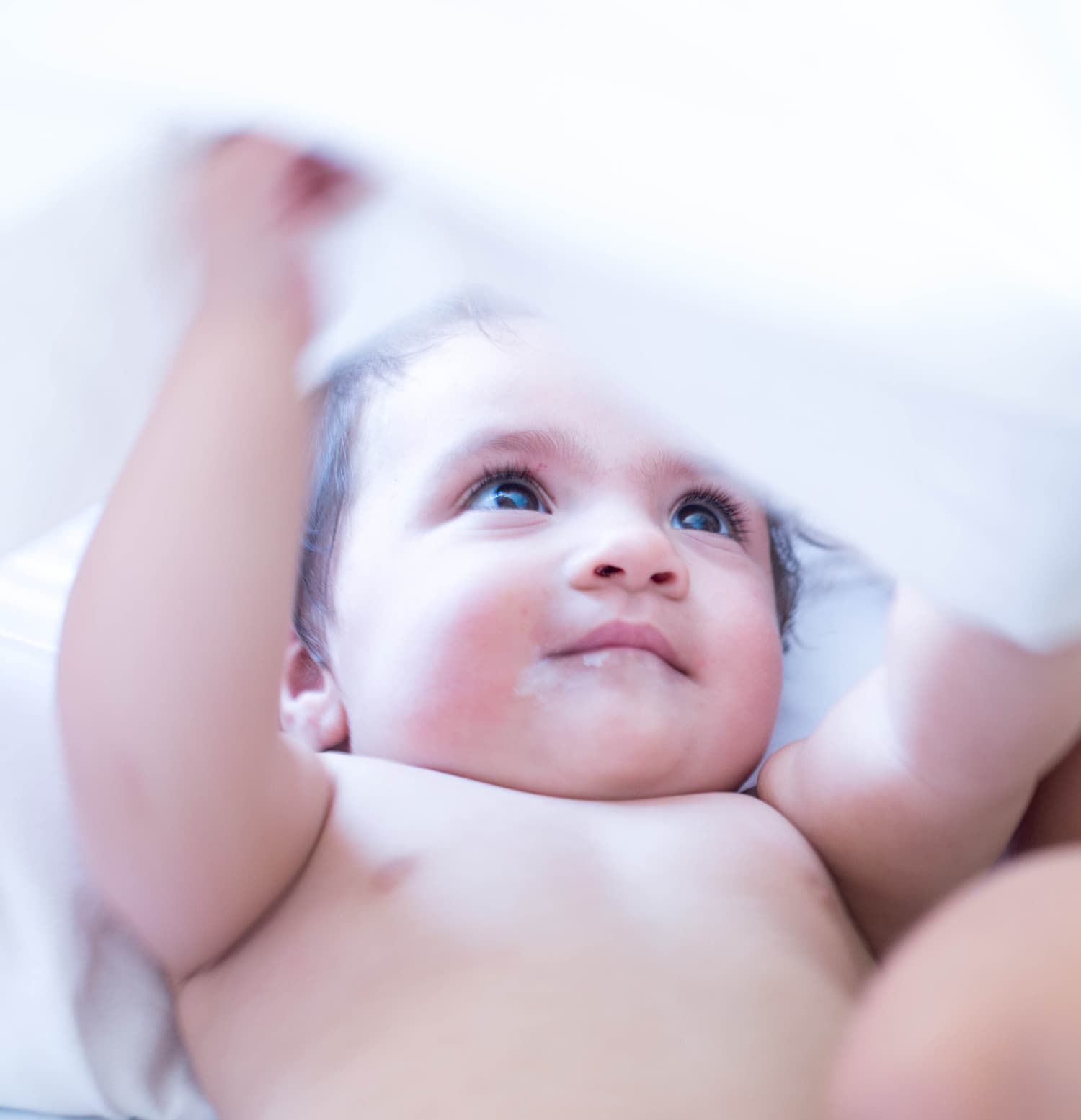
2. THE COLOR
We have already commented on how colors are associated with different feelings or moods, what we know as color symbology . As an ultra-quick summary we can say:
- The warm colors are: Orange, yellow, red, brown, gold...
- The cold colors are: Blue, green, violet…
Each of them is associated with a feeling of warmth and closeness (warm) or coldness and distance (cold). Although you can convey joy on a blue background by playing with the rest of the elements in the image, a warm background can better help you convey this feeling.
Likewise, a color depends on whether it is more or less saturated (more or less pure) to transmit more or less vividness. Bright colors, in this case, can help you convey joviality and joy as well, although be careful not to overdo it because too much artificial saturation (in processing) leaves quite ugly results (personal opinion).
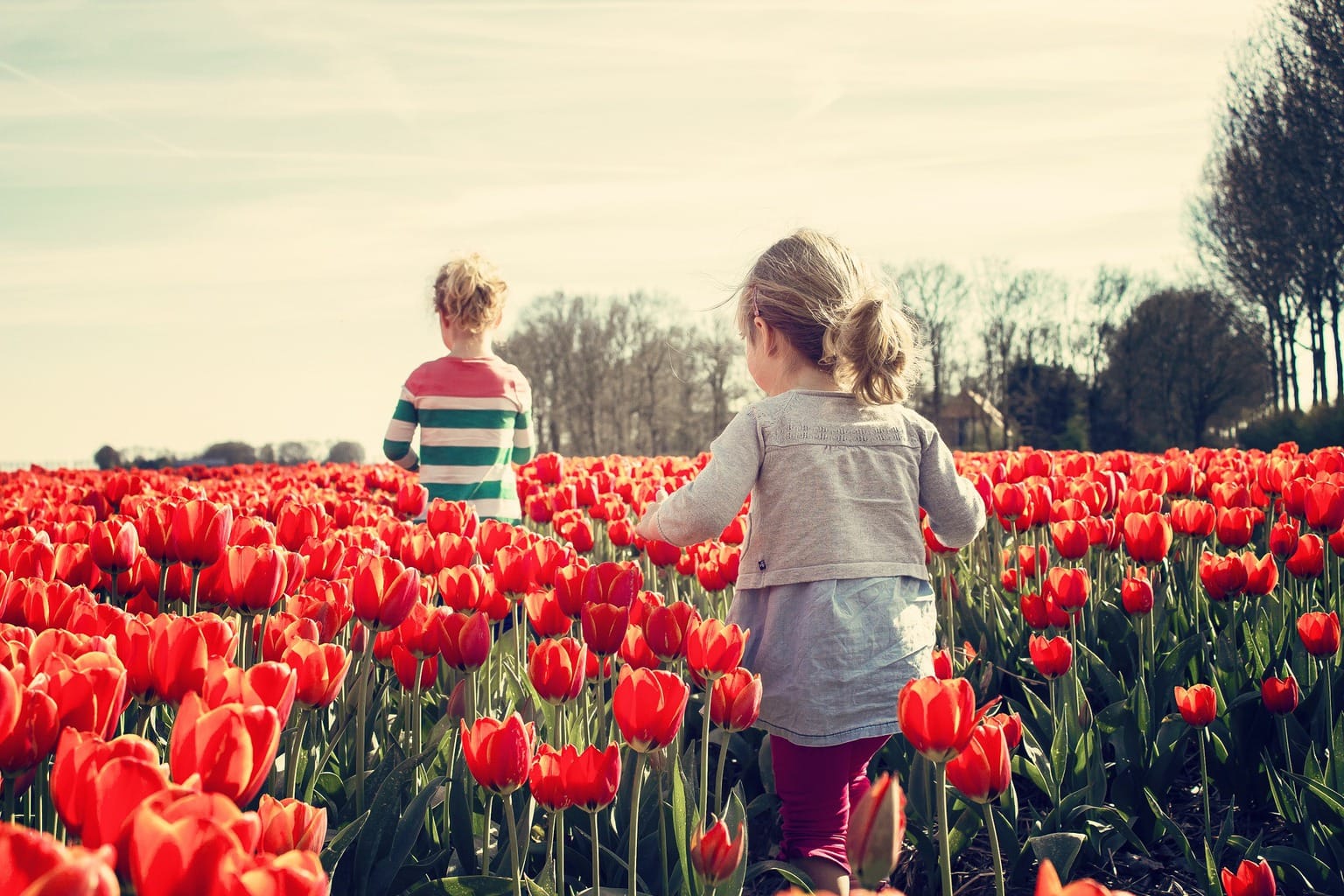
3. PORTRAITS
Although happiness is not transmitted exclusively through portraits, it is true that a portrait is probably the first image that comes to mind when we think of a happy image. Someone smiling, playing, laughing or jumping, for example. That is because it is easier for us to associate feelings if our protagonist is a human being with whom we empathize . And those are the majority of images that we will surely do, so we are going to see a few tips focused on this aspect:
-
- The look . The eyes are generally the first place where we direct our gaze, both when we relate to other people and when we look at a portrait. When someone smiles, the eyes smile as much or more than the rest of the face, hence the importance of focusing the gaze well . It is very disappointing for the viewer to look at a great image with expressive and vibrant eyes and find them out of focus. That is where 70% of the quality of your portrait goes. So don't forget it ?
-
- The smile . Although it is not a necessary requirement to transmit joy in your images, the truth is that a good smile needs little more to add.
- Laughter. Obviously, a good laugh transmits joy, joviality and dynamism. If you have it in front of you, don't forget to photograph it, if you can provoke it, don't hesitate to try to steal one ?
The spontaneity of the reactions are the ones that leave us with the best images, so try never to force a smile or a scene. It is much better and conveys much more natural joviality than a forced smile.
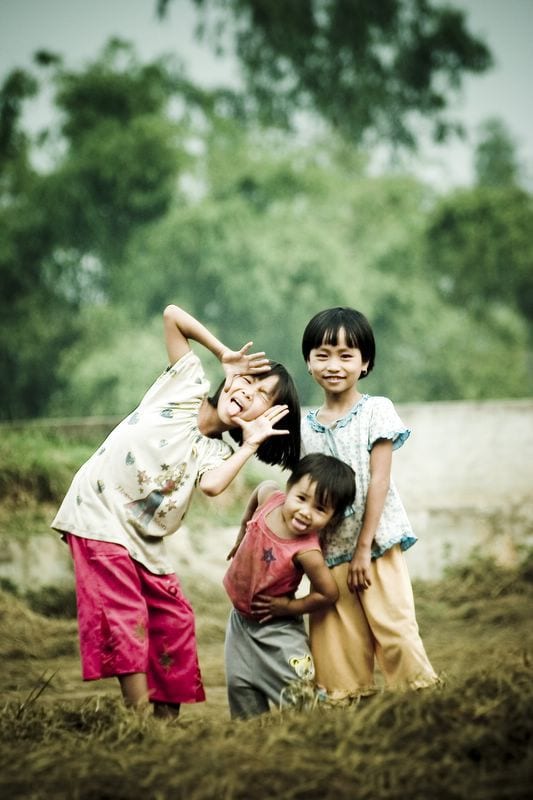
4. LOOK FOR LITTLE STORIES
It is said that beauty is in the little things. And although precisely the little things are the most difficult to see, if we stop to observe, they are the ones that ultimately end up giving us the best results. Searching in the daily life of what surrounds us and anticipating situations that can give us little great stories is an exercise that requires keeping our eyes wide open. Do not underestimate the joy that can be found in small everyday gestures , in a good night kiss, in a good anecdote sitting at the table, in a pleasant surprise.
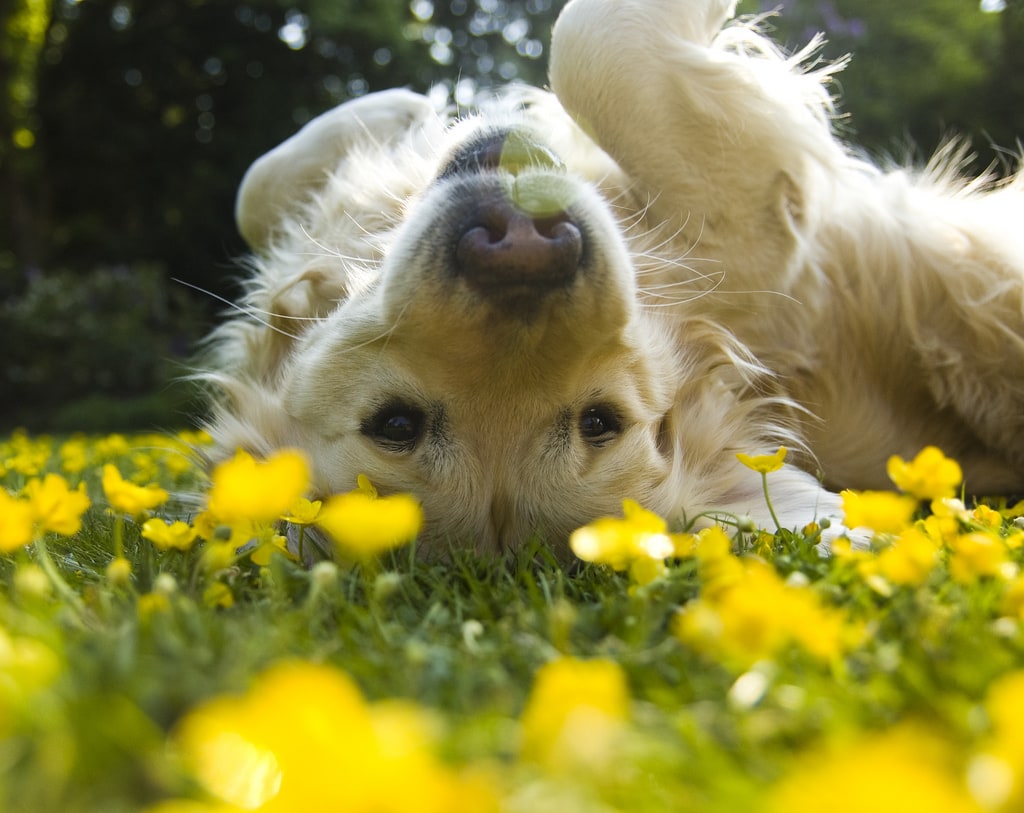
5. EARLY CHILDHOOD
If you are lucky enough to have children around, they are an inexhaustible source of magical and joyful situations everywhere. For them the world is a vast magical territory to explore that continually holds surprises for them. If you watch them camera in hand, attentive to their spontaneity , their games, their vitality, their endless imagination, they will give you unique scenes.
6. JUMPS
The jumps are a classic of happy images. Against the light, individually, in a group... We associate jumping with freedom, vitality and joy.
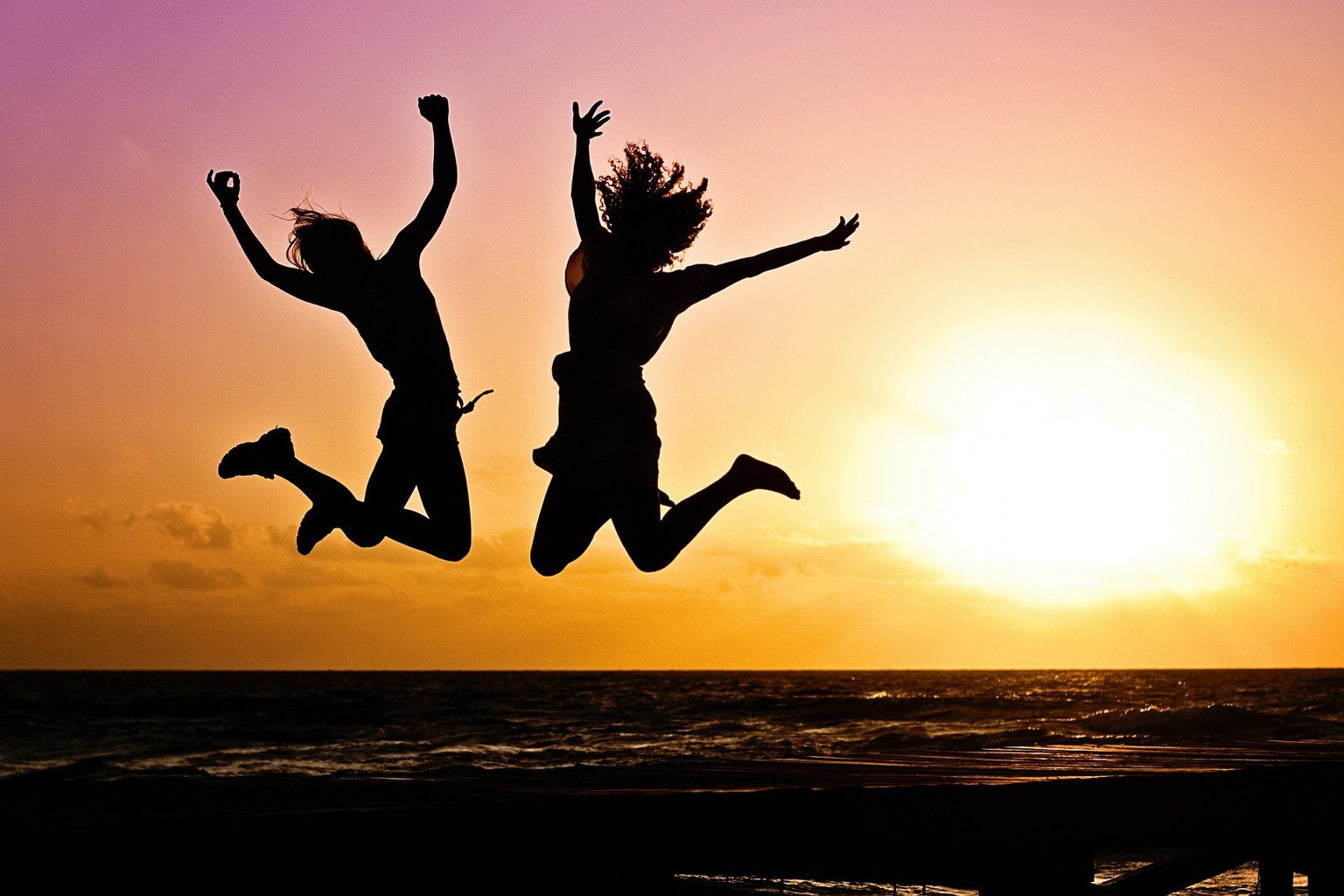
7. SCENARIOS
Obviously there are happier scenarios than others. A beach on vacation is not the same as the walls of your office, a meadow full of flowers or a deciduous forest in winter, a birthday or a funeral. The scenarios are also capable of transmitting regret or joy, take advantage of them to narrate the message of your story.
8. SYMBOLS
In an image , everything speaks and everything helps to narrate the message: the light, the background, the color or the absence of it, the expression of a face, etc. If you need help with elements to add joy to your images, don't forget that you can include small details that we associate with joy: balloons, soap bubbles, baby booties, confetti, a toy, an engagement ring, a medal... everything what we associate with happy or celebratory moments will help you enhance the message.
9. OBSERVE
The best way to transmit joy is to be attentive to potential situations, because joy is very spontaneous, and its materialization comes as soon as it leaves. Being an active observer of the environment that surrounds you is what will undoubtedly work best for you if you want to capture feelings as spontaneous as this. Being an active observer of the environment is what will make you a better photographer. Yes, as you hear it ;-). And also this advice is valid for everything you plan to photograph. Imagine, mentally compose, create scenarios in your head, be very attentive, persevere and practice, practice and practice. There is no more secret than that ?


